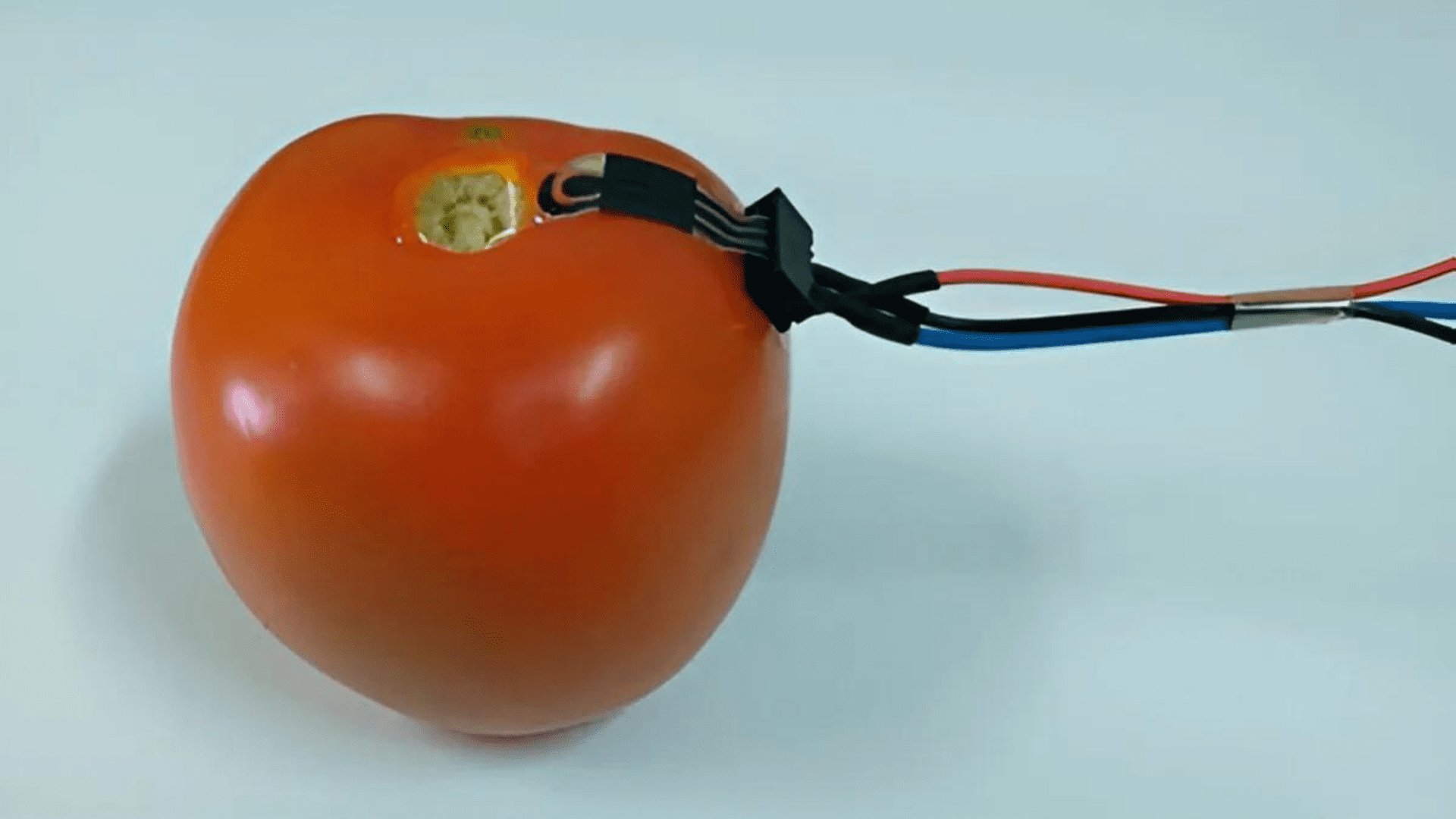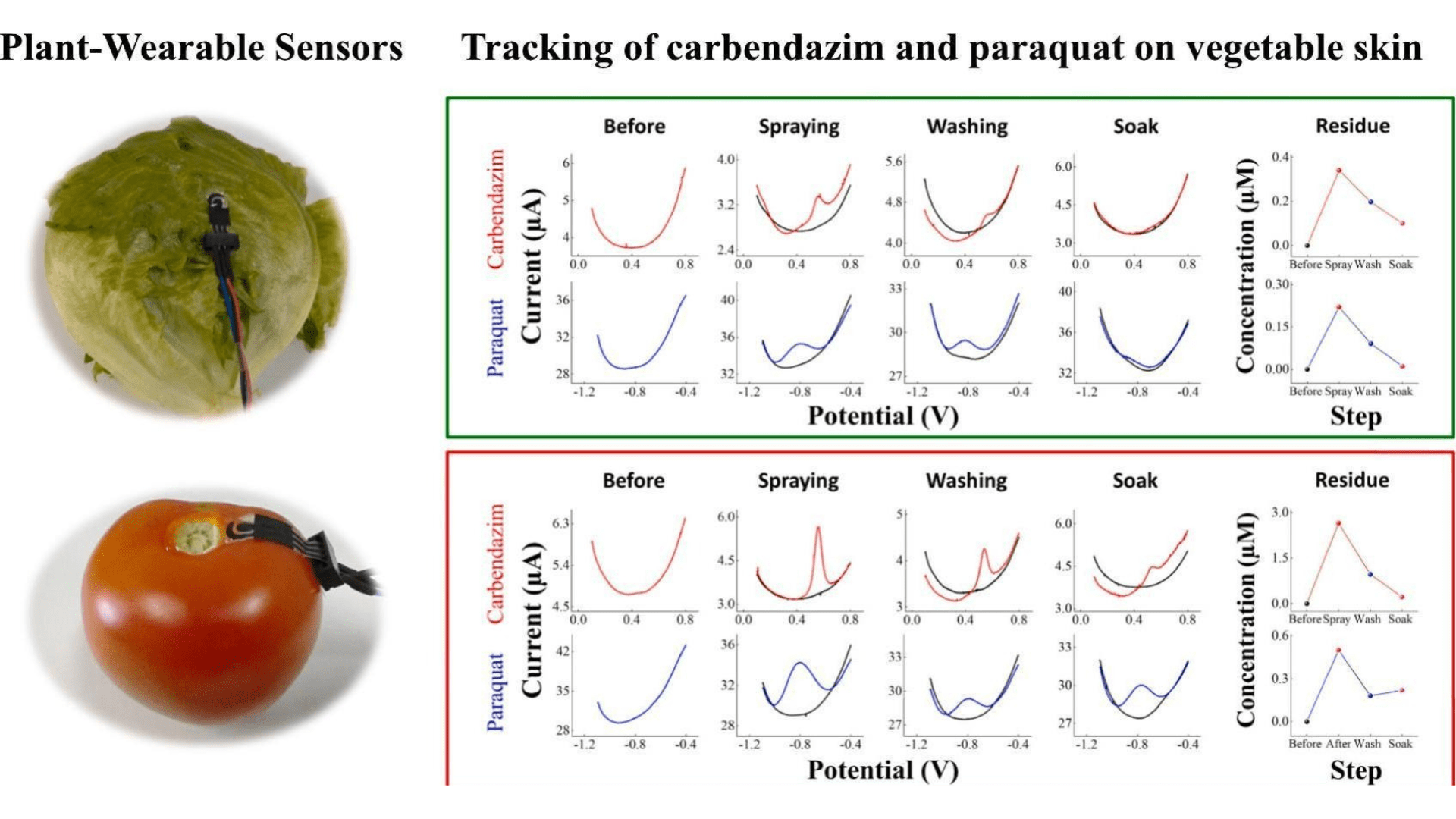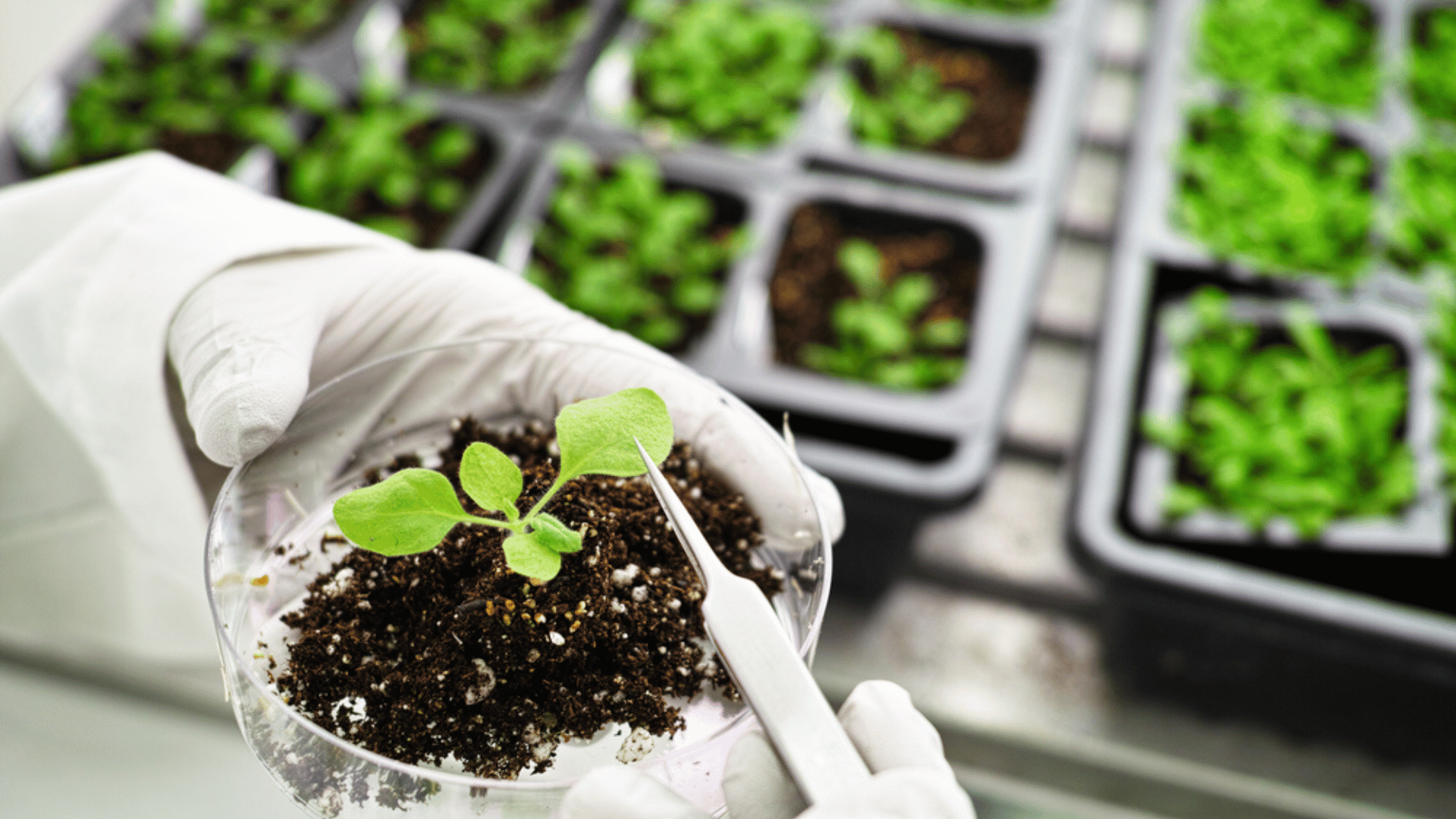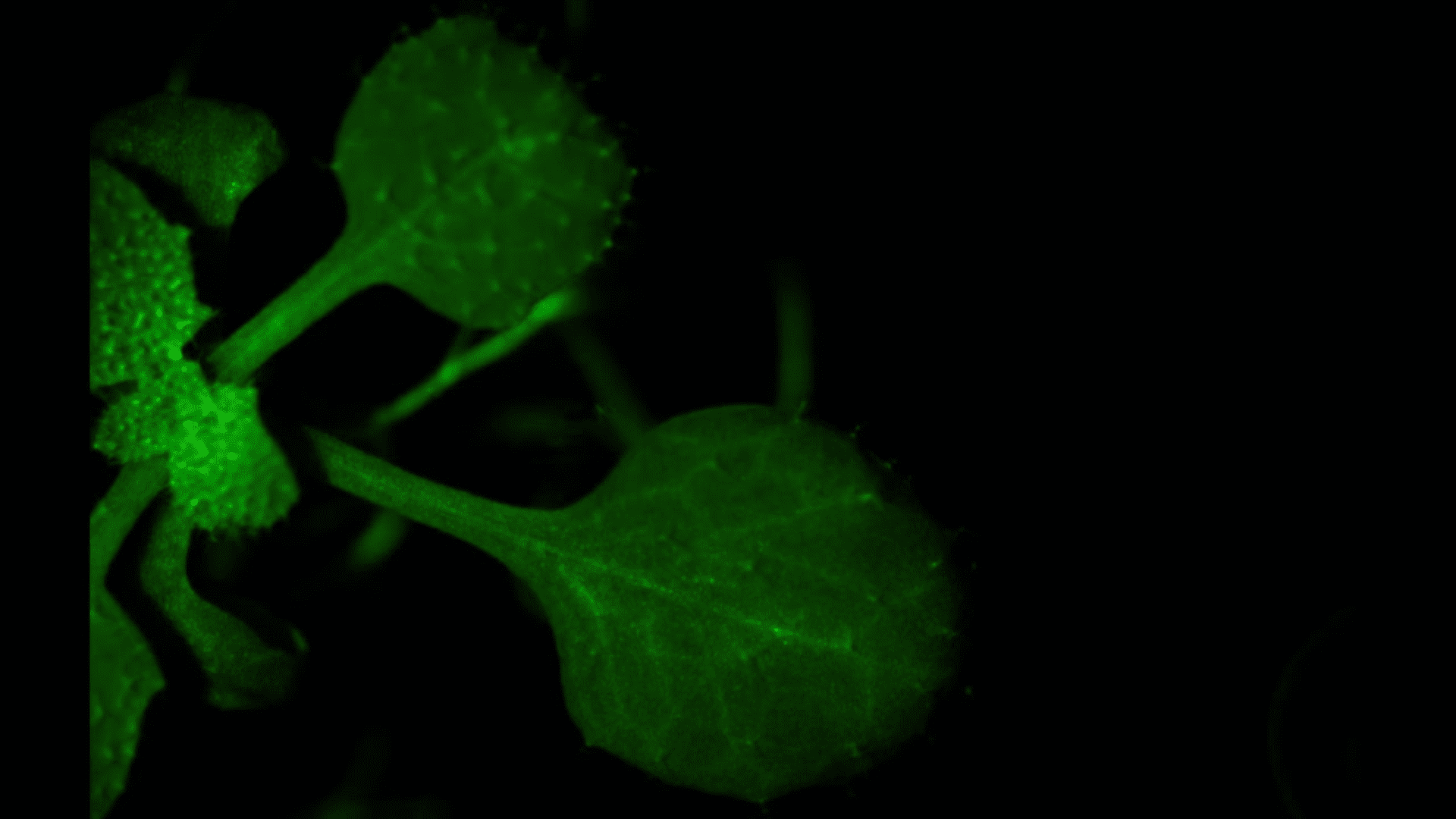With the world facing food scarcity and health issues, finding a healthy way to detect harmful materials on our food is crucial. Brazilian researchers discovered an eco-friendly way to detect harmful pesticides on fruits and vegetables. They use a sensor made from a biodegradable, plant-based material.

A Positive Solution
Pesticides are not uncommon. Farmers spray them on plants to increase the crop size and help the produce grow. Unfortunately, the pesticides don’t always hit their intended target. Only 50% of the pesticides reach their destination. The other half is usually spread across food, soil, and water. When this happens, it increases the risk of ingesting or inhaling harmful pesticides. This could impose a risk to our health.
Currently, the method of detecting pesticides has some limitations. The method is based on accurate chromatographic techniques but requires sample preparations, costly equipment, skilled workers, long analysis time, and a lack of mobility. Researchers came up with a new solution using a biodegradable sensor. Paulo Augusto Raymundo-Pereira, the paper’s lead author, said, “Our invention offers a better alternative. It is an electrochemical sensor that combines low cost, fast detection, small size, easy production, user-friendliness, high selectivity, and on-site pesticide detection.”
How It Works
Researchers call the sensor “plant wearable” because they place it on the surface of the leaves, fruits, or vegetables. Researchers shape the plant-based material, cellulose acetate, into a mold and print three electrodes of the electrochemical system on it. Raymundo-Pereira said, “Unlike the conventional materials, which are derived from petroleum and take a long time to decompose, we used cellulose acetate, which comes from plants and has minimal environmental impact.”
Explore Tomorrow's World from your inbox
Get the latest science, technology, and sustainability content delivered to your inbox.
I understand that by providing my email address, I agree to receive emails from Tomorrow's World Today. I understand that I may opt out of receiving such communications at any time.
Testing in the Real World

Researchers test the sensor in a laboratory setting by spraying several chemicals onto lettuce and tomatoes. One of the chemicals they use in the test is paraquat. While the European Union banned paraquat in 2003, Brazil still uses it. To show how the sensor works, researchers place it on the surface of the contaminated produce. Results show the biodegradable sensor detected a similar level of pesticides compared to produce using the most common type of sensor that uses polyethylene terephthalate.
Aside from the experiment, researchers also tested the effectiveness of washing and soaking produce before you eat. After washing and then soaking the lettuce and tomatoes for two hours, over 60% of the paraquat was removed from the vegetables. Raymundo-Pereira said, “The washing and soaking methods were clearly not enough to eliminate the pesticide residues. At least 10% remained on the peel or the leaves.”
Researchers believe health authorities and farmers around the world can use the sensor to verify the absence of pesticides. If farmers use the sensors in the fields, it can lead to reducing pesticides while maintaining a high production rate. This could lead to lower costs for the consumer.







